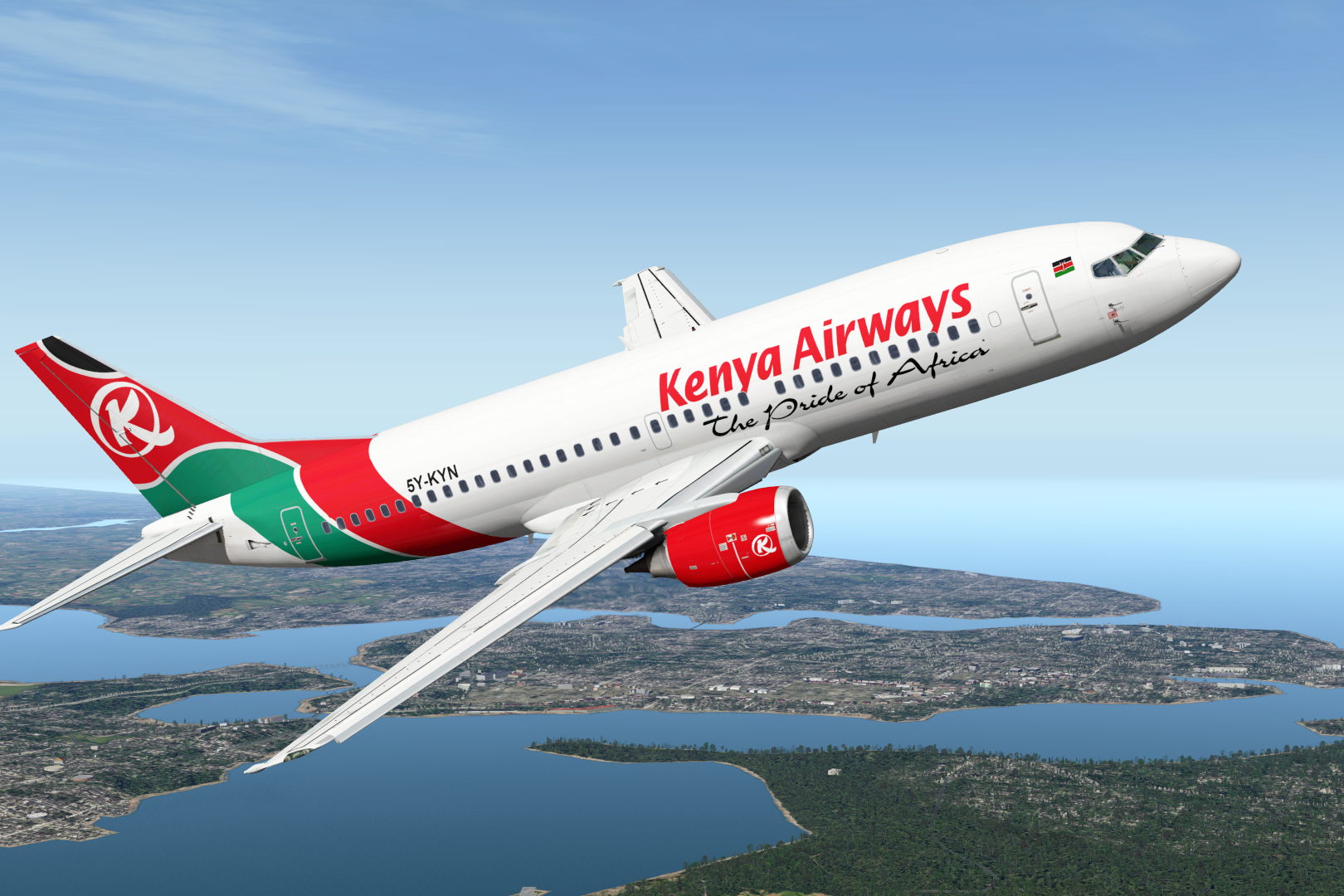Kenya airfares jump on event demand shock
Kenya’s event week doubles Nairobi–Kisumu fares to KSh 23k amid capacity strain and fuel costs above USD 86. Watch USDKES=X for FX tightening and BZ=F for fuel trends as inflation dynamics shape rate-cut timing through Q4 2025–Q1 2026.

Kenya’s domestic air market absorbed a sharp, event-driven shock in mid-October as one-way Nairobi–Kisumu fares jumped to KSh 18,000–23,000 from a typical KSh 8,000–10,000, with flights fully booked for several days. The surge illustrates how yield management functions in a capacity-constrained market: once load factors breach critical thresholds, airlines escalate fares through higher booking classes to allocate scarce seats to passengers with the highest time value. The resulting price elasticity reflects not inflationary drift but short-term supply rigidity across a thinly capitalised domestic network.
Macro conditions contextualise the shock. Headline inflation printed at 4.6% in September 2025, within the Central Bank of Kenya’s 2.5–7.5% target range, sustaining a disinflation trend that enabled a 50 basis-point policy-rate cut to 9.25% on 7 October 2025. The Kenya shilling traded near 129 per U.S. dollar (USDKES=X) as foreign reserves held close to USD 7.4 billion, covering roughly 3.9 months of imports.
Event-induced fare hikes will add marginally to the transport component of CPI, but the central bank will likely treat this as a one-off adjustment, not a structural inflation impulse. The main policy relevance lies in how recurring demand spikes could tighten liquidity and complicate timing for further monetary easing.
At the micro level, airlines gain a short-lived yield boost that tests operational flexibility. Kenya Airways (KQ) and other domestic carriers rely on limited short-haul capacity; adding rotations requires either temporary aircraft redeployment or wet leasing, both costly options when fuel remains expensive. Brent crude (BZ=F), the reference for regional jet fuel pricing, has hovered above USD 86 per barrel, compressing profit spreads once fares revert. The yield curve for domestic aviation is therefore steeper at the front end but flat in aggregate—pricing power fades as soon as event demand subsides. This suggests systemic under-capacity rather than sustainable margin expansion.
The economic spillovers are measurable. Hotels, taxis, and road transport operators in western Kenya captured overflow demand, with prices temporarily 20–30% above average. Bus and rail networks absorbed substitution traffic, raising load factors and congestion. For households, such shocks operate as episodic taxes on mobility; for small enterprises, they elevate logistics costs and erode working capital.
Repetition of these patterns across multiple national events would embed volatility in the transport-services sub-index of CPI, potentially nudging expectations higher. If pass-through persisted into other service sectors, it could narrow real-income gains achieved through recent disinflation.
Markets translate these dynamics through three channels. In FX, a steepening of short-dated USDKES=X forwards would flag transient dollar demand as airlines and fuel distributors adjust inventories. In fixed income, sustained transport inflation above trend could delay another CBR reduction, keeping short-term bill yields elevated.
In equities, airline revenues may show quarterly improvement, but investors will discount one-off gains absent capacity scaling or efficiency improvements. For global peers, Kenya’s episode mirrors recurrent short-run price surges seen in Nigeria, Indonesia, and the Philippines when domestic supply chains collide with concentrated travel demand, reinforcing the policy premium on infrastructure flexibility.
The broader macro signal lies in structural logistics resilience. Kenya’s internal transport remains acutely sensitive to sudden demand spikes because aviation, rail, and road networks operate near full utilization during national events. Long-term stability depends on targeted investment—slot optimization at Jomo Kenyatta and Kisumu airports, accelerated licensing for charter or regional carriers, and rail-air connectivity to disperse traffic. Without these, recurrent fare volatility could incrementally raise the inflation floor and reduce the effectiveness of monetary policy transmission.
The forward test spans the next twelve months. Three measurable indicators will define whether this was a contained anomaly or a systemic constraint: average event-week fares should revert to within 20% of off-peak levels within two weeks; the transport CPI contribution should not add more than 0.2 percentage points to headline inflation over a rolling six-month period; and one-month USDKES=X forward spreads should remain below 50 basis points during similar peaks.
If all hold, Kenya’s domestic transport market remains flexible; if breached repeatedly, underinvestment in internal mobility becomes a structural macro risk, influencing fiscal priorities and monetary calibration alike.





